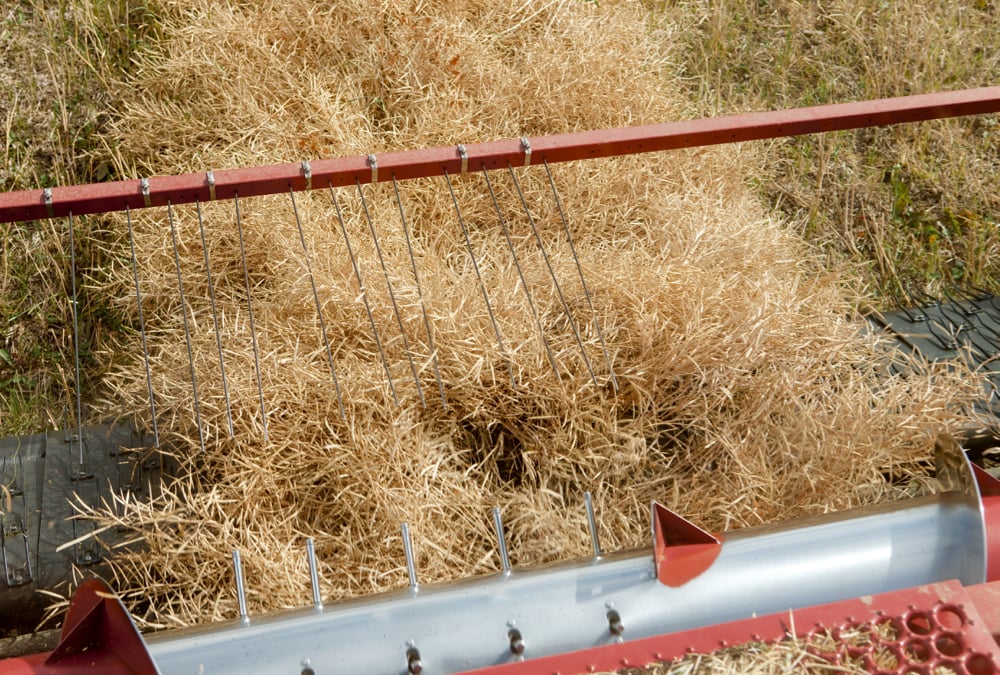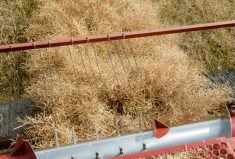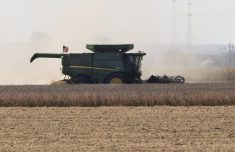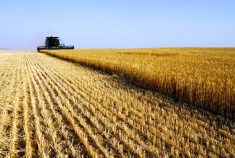An Alberta-based investment fund is hoping to raise another $20 million to buy farmland in Saskatchewan.
Calgary-based Agcapita announced last month that it has launched a fourth farmland investment fund that will deal exclusively in Saskatchewan cropland.
The fund is RRSP eligible and is open to investors from British Columbia, Alberta, Saskatchewan, Manitoba, Alberta, Ontario and Newfoundland.
In its previous three farmland funds, Agcapita raised more than $30 million in investment capital and acquired 45,000 acres of farmland across the province.
Farmland assets held in the Agcapita portfolio are now valued at close to $50 million and have generated compound rates of return in the neighbourhood of 20 percent per year, according to Agcapita president Stephen Johnston.
Read Also

Alberta harvest wrapping up: report
Harvest operations advanced to 96 per cent complete in Alberta as of Oct. 7, with only a few late-seeded cereal and canola fields remaining, according to the latest provincial crop report.
Johnston said Saskatchewan farmland, based on its productive capacity, continues to trade at a significant discount compared to land in other parts of Canada and around the world.
Agcapita has looked at launching similar farmland acquisition funds in other Western Canadian provinces, but Saskatchewan land continues to provide the best return on investment.
“We particularly like … Saskatchewan because there’s this demonstrable discount on farmland prices if you look at (the cost for) a bushel of productive capacity,” Johnston said.
“Right now, Saskatchewan land trades at about $800 for a tonne of productive capacity and Alberta trades at about $1,500 for a tonne of productive capacity.”
“If you could buy IBM stocks in Saskatchewan at eight times earnings and you could buy IBM stocks in Alberta at 15 times earnings, where would you buy IBM stocks?”
Agcapita’s fourth farmland investment fund is the company’s largest yet.
Strong investor interest is based on the assumption that Saskatchewan farmland is a relatively safe investment and that global demand for food, feed and biofuel products will continue to increase over the long term.
Johnston said farmland funds, similar to gold, provide a hedge against inflation and give risk-averse investors an opportunity to diversify their holdings without assuming operational risks that most farmers face.
Farmland acquired through the fund is leased back to farmers on a cash-rent basis.
Investor returns of six percent per year are generated from cash rents.
In its first two funds, Agcapita buyers were acquiring land at an average price of $400 to $450 per acre.
Fund 3, which recently closed but is not yet fully invested, has been buying at an average price of $750 per acre.
In a newsletter dated May 2, Agcapita announced it had acquired 1,756 acres of land — roughly 11 quarter sections —in the Rural Municipality of Frontier, 150 kilometres southwest of Swift Current.
Johnston said response among farmers to Agcapita’s acquisitions have been mostly positive.
“The feedback is good. People appreciate that there are a lot of farmers retiring and I think that they want to get fair market value for their land,” he said.
“The market is enormous and the (number) of funds investing in the farmland market is tiny.”
Agcapita’s farmland funds are maintained for terms of five or six years, at which point the land holdings can be liquidated or rolled over into new or extended funds.

















